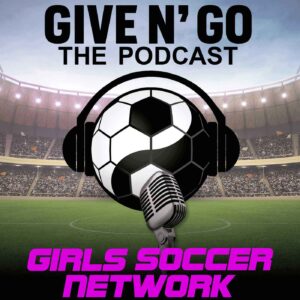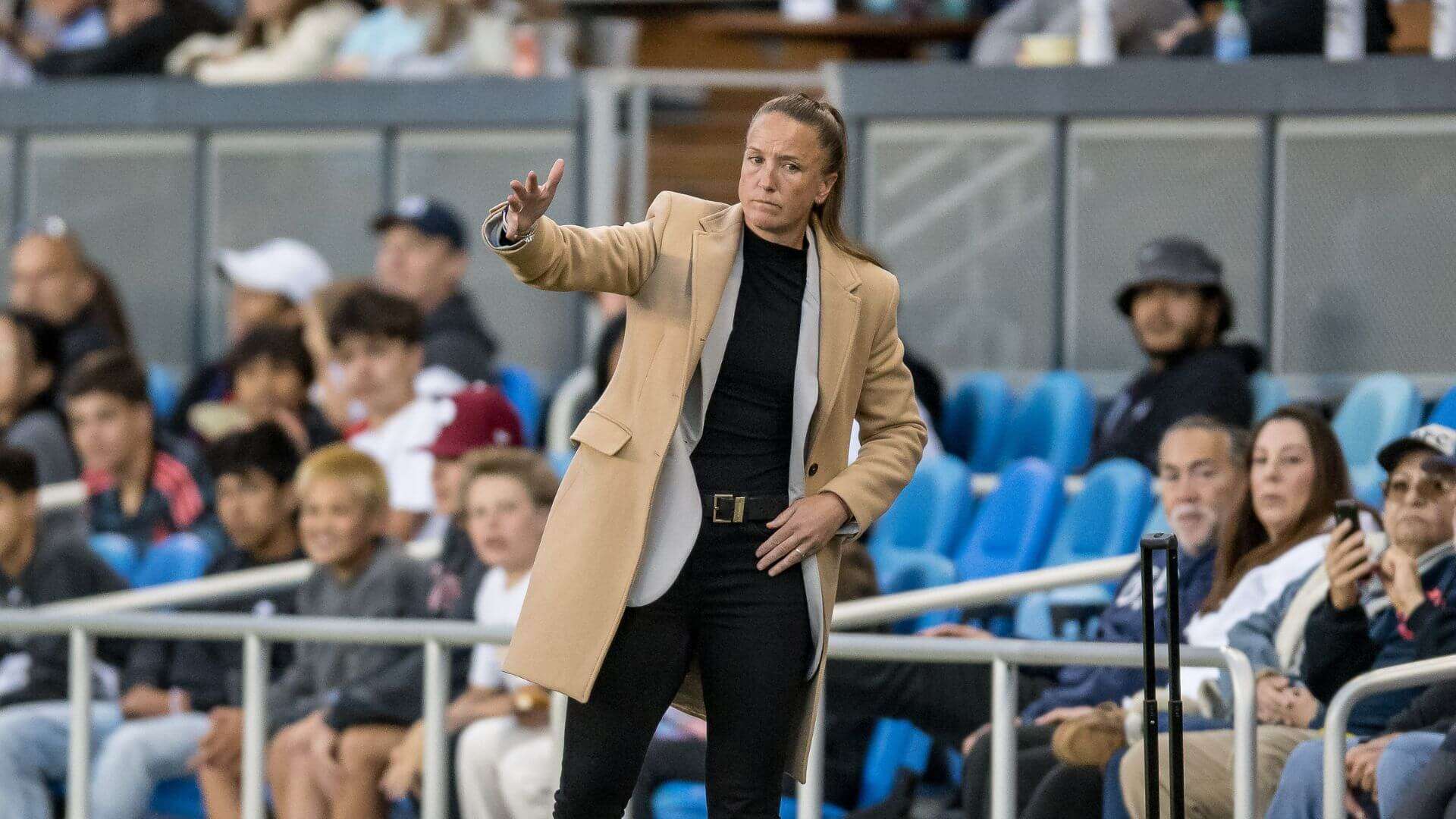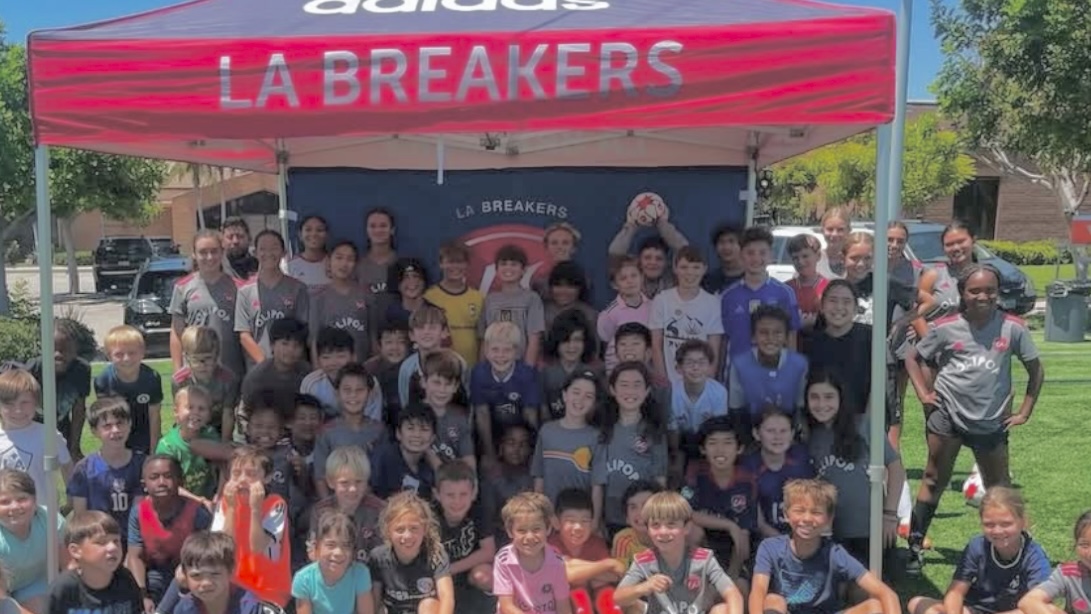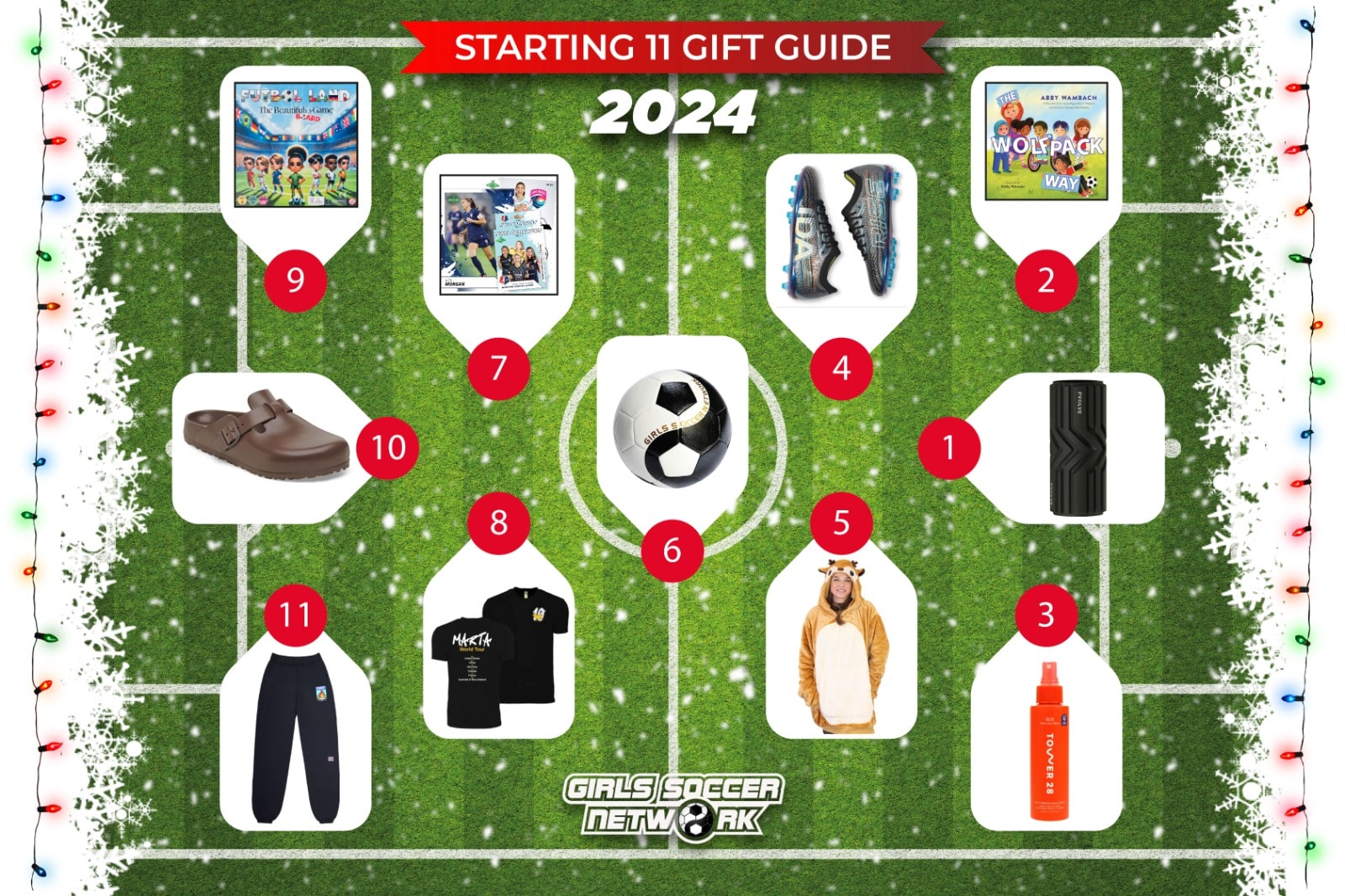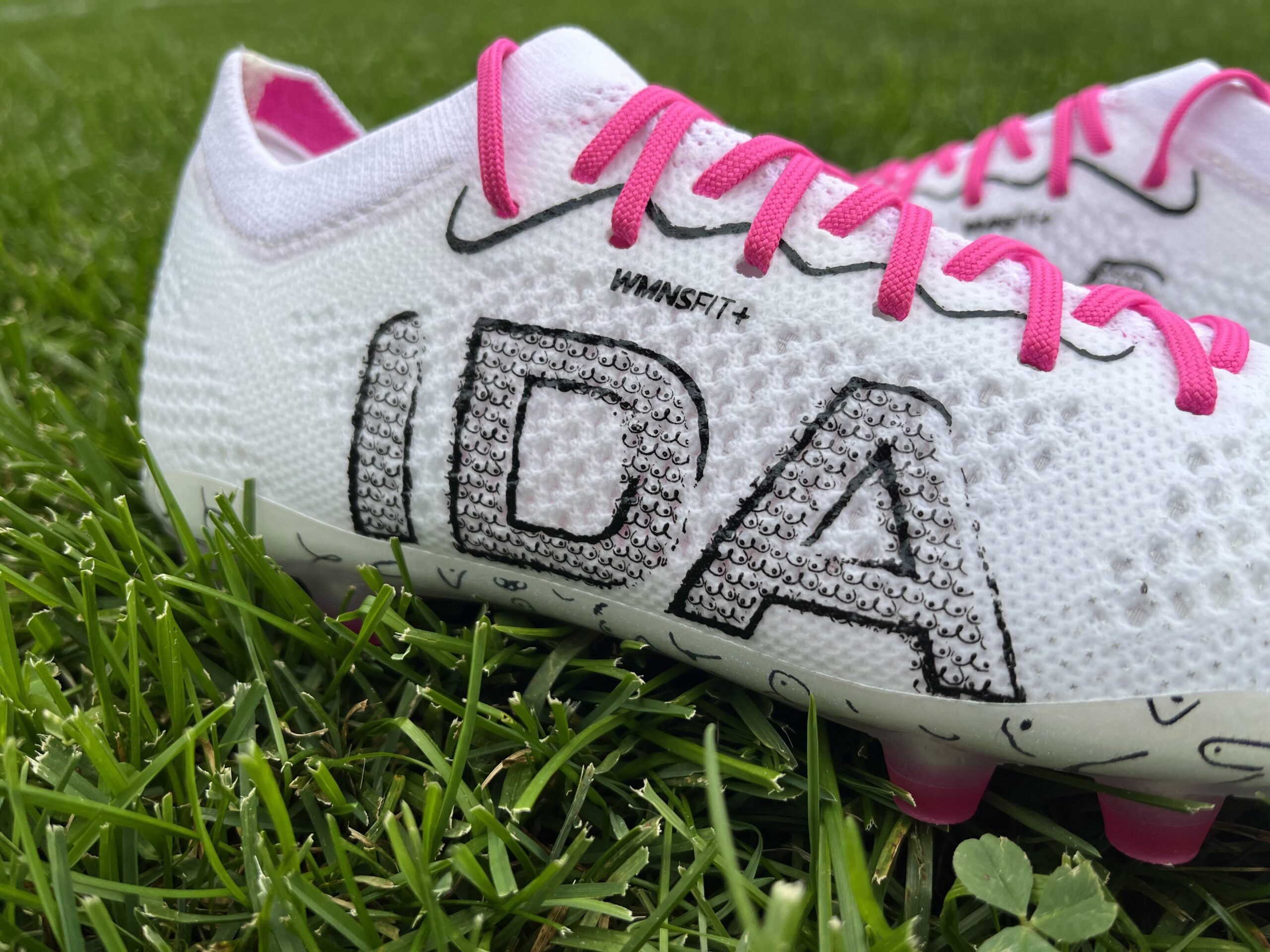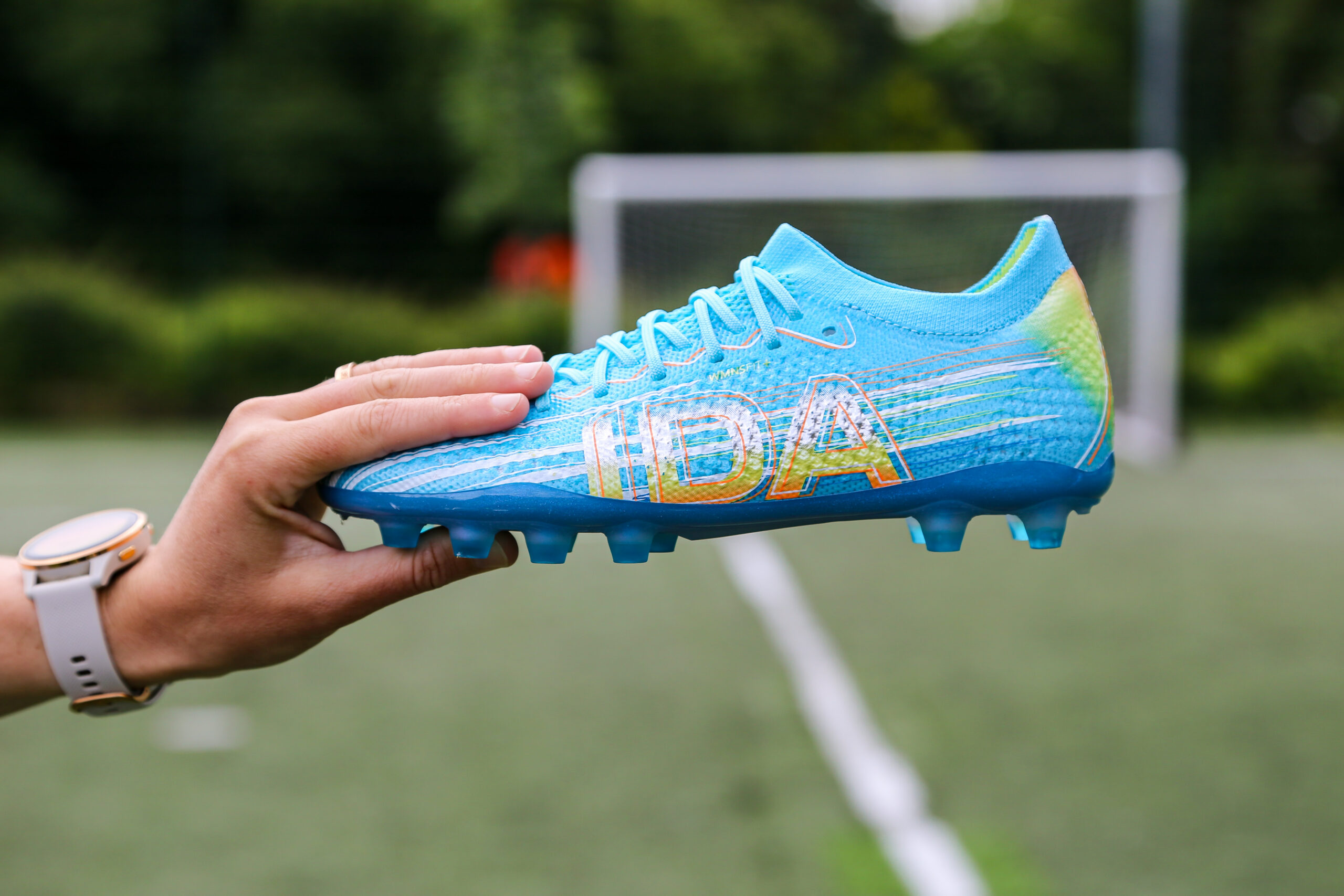Project ACL: A Group Effort Between Players and Professionals to Understand and Reduce ACL Injuries
It’s no secret that ACL injuries are an epidemic in sports, especially women’s soccer.
We’ve witnessed several high-profile professionals grappling with this injury. Just last year alone, notable names such as Arsenal’s Leah Williamson and Vivianne Miedema, USWNT and Chelsea midfielder Catarina Macario, and Barcelona and Spain’s prized striker Alexia Putellas fell victim to it. Even in the early months of 2024, the tally continues to rise: Chelsea’s & USWNT’s rising star Mia Fishel in a USWNT camp training (January); Sam Kerr, Chelsea striker and Australian poster child in a Chelsea training camp (January), USWNT winger Midge Purce in a recent NJ/NY Gotham FC match (March). Just weeks ago, Washington Spirit defender Anna Heilferty and Bay FC midfielder Alex Loera suffered the season-ending injury.
Women’s soccer players are two to six times more likely to injure their ACLs than male players, and two-thirds of these injuries occur without physical contact. And the number of players who fall to this injury appears to continue to increase.
The pressing question: Why?
The answer: It’s complicated… but it’s also been massively understudied.
Understandably, fans and players want answers. Many players, including Beth Mead, Lucy Bronze, and Vivianne Miedema, have been vocal advocates for increased research and support. FIFPRO, the global union for soccer players, is now responding to this call.
Together with England’s Professional Football Association, Leeds Beckett University, and Nike, FIFPRO has launched Project ACL, a comprehensive 3-year research initiative aimed at unraveling the ACL epidemic in women’s football.
A Holistic Approach
The research is being spearheaded by Dr. Alex Culvin, Head of Strategy and Research of Women’s Football at FIFPRO. She herself was a former professional footballer (playing for AZ Alkmaar, Everton, Leeds United, and Liverpool). She understands the complexity of this injury and the need to do things differently than prior research. “There must be an acknowledgement of the multifactorial issues of an ACL injury – not simply from a sports science perspective, but also analysing the wider conditions and holistic risk-factors.”
Let’s also not forget the detrimental effects on a player’s mental health. Being sidelined for 9+ months and suffering a setback in your soccer career carries a huge mental and emotional weight that is often not dealt with appropriately. Many players experience extreme sadness, loss, a sense of hopelessness, isolation, anxiety, and depression. That is why Culvin says it’s critical to take a multifaceted and holistic approach to examine all possible factors.
Key Word: Collaborative
Dr. Culvin is steadfast in her commitment to keeping this research “player-centric” and “player-driven.” The primary focus must remain on the health and welfare of the players, who should be at the forefront of driving solutions and providing valuable insights based on their experiences, both positive and negative. Ultimately, this research will impact their lives and careers. This sort of collaborative effort has never been done before in ACL research, which is why players like Lucy Bronze have given their stamp of approval.
The Overall Goal: To examine the risk factors that lead to ACL injuries in women’s soccer and provide data that will reduce them
How do they intend to accomplish this?
By collecting lots of data. Researchers will extend beyond the obvious factors, such as an athlete’s training load and workload, to include broader and holistic elements, such as travel, athletic development at the youth level, and athletic staff. Of particular interest is the ‘critical zone’ — the cumulative exposure to back-to-back matches. This issue has been raised with national team players, who often endure long-distance travel with short periods of rest to juggle playing for their club and country.
The research will first focus on the approximately 300 players in the Women’s Super League, with over half of the teams on board to participate and provide necessary data.
What Won’t Be Studied
Physiological differences between men and women. While there are obvious differences in male and female anatomy that will always create different circumstances/situations, this is not the focus of the study, researchers point out. The majority of ACL injury research has traditionally fixated on sex-based risk factors, like the female body’s mechanical differences, while the research on the athlete’s environment and surrounding factors are grossly understudied. This is was Project ACL aims to investigate.
Asking the Right Questions
Dr. Culvin and her team are asking several key questions in their quest for answers, including:
- What qualifications do support staff at women’s clubs have?
- What access to facilities do players have?
- How is important data around player health communicated from club to national team
- And are these practices consistent and informed?
Instead of solely addressing the demanding question, “Why are ACL injuries so prevalent in women’s soccer?” it is imperative to first understand the environments and circumstances in which these injuries occur. This understanding may hold the key to addressing the unanswered question we all seek the answer to.
Why Companies Like Nike Should Care (and Fund)
Dr. Culvin underscores that corporations and sponsors stand to lose as much as anyone else. When a sponsored player sustains an ACL injury, they are often sidelined for the remainder of the season, missing pivotal competitions such as the World Cup or Olympics. Sponsors may miss out on significant opportunities to capitalize on their talent and visibility. While not solely about financial gain, funding plays a crucial role in facilitating research and finding solutions.
The Bottom line: There are no quick fixes or one-size-fits-all solutions. Just as with any injury, ACL injuries cannot be entirely prevented. However, Project ACL marks a promising and inspiring initiative toward comprehensively understanding ACL injuries in women’s soccer and providing players with the proper conditions and resources to mitigate these injuries as much as possible.
_
GIRLS SOCCER NETWORK: YOUR SOURCE FOR GIRLS SOCCER NEWS


